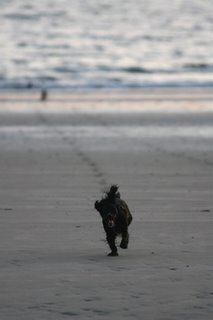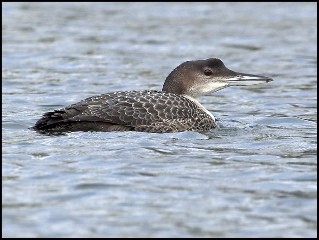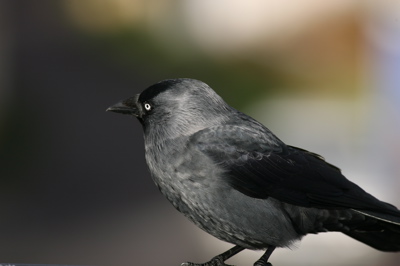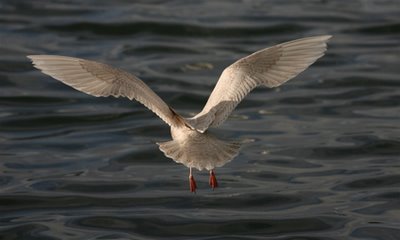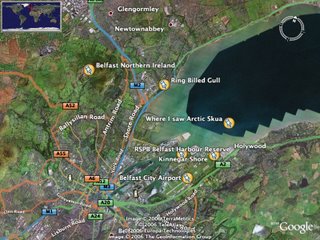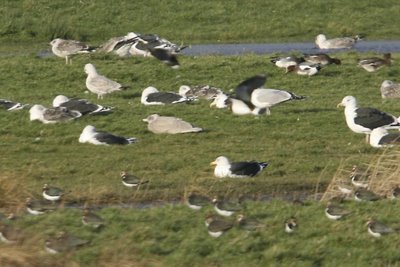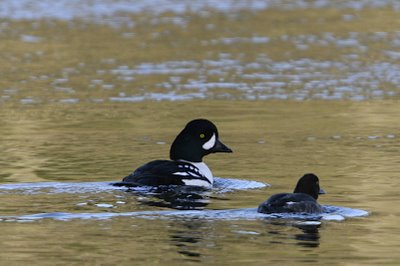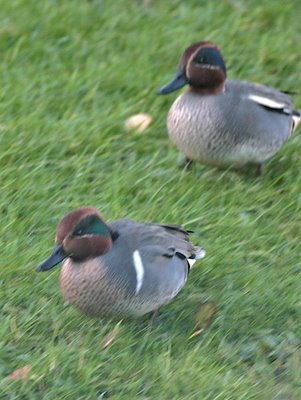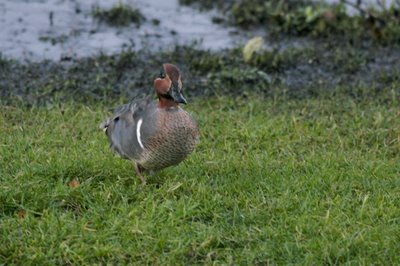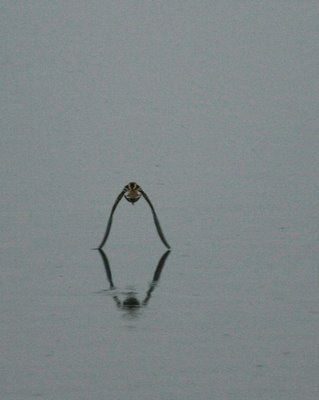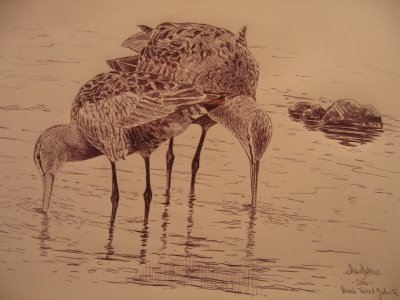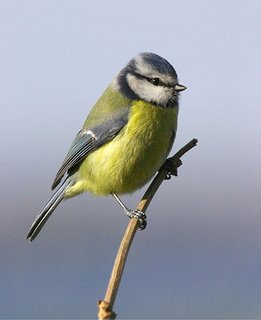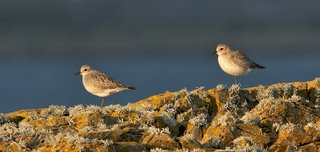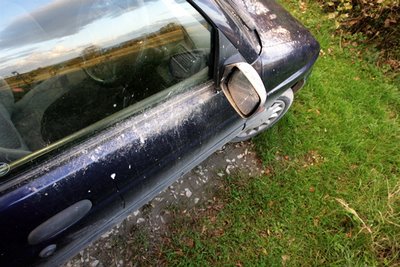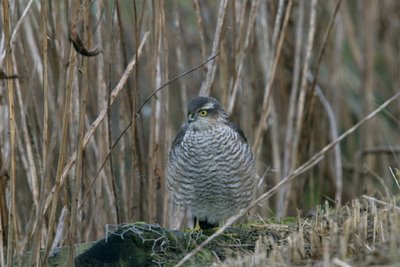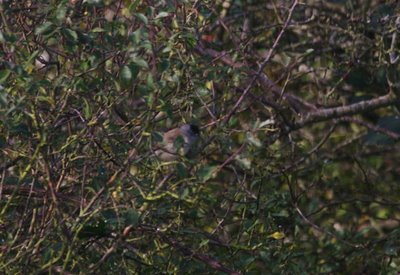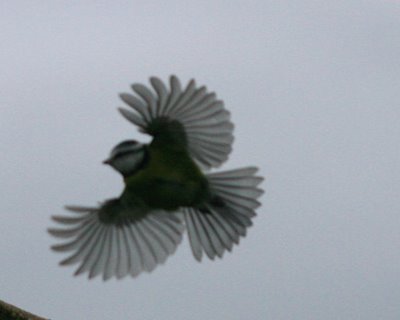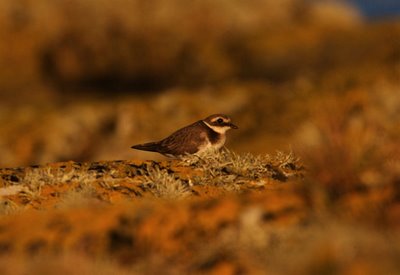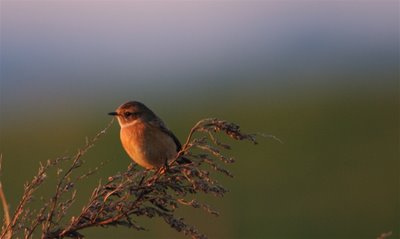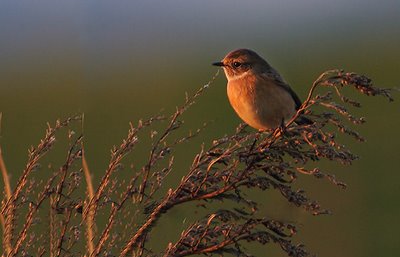Still no new birds for my list :-(
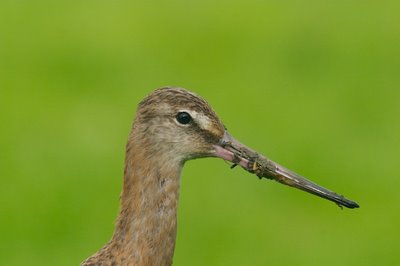
I have to say that one of my favourite birds is the Black Tailed Godwit and I am very fortunate that at the RSPB Belfast Harbour Reserve there is generally a reasonable number to be seen at any one time. One of the things that fascinate me is that some have been colour ringed.
Operation Godwit is an association of people studying the Icelandic black-tailed godwit Limosa limosa islandica.

The Icelandic Black-tailed godwit Limosa limosa islandica is one of the three subspecies of the
Black tailed godwit. This subspecies breeds almost exclusively in Iceland and winters in W. Europe. The main wintering countries are Ireland, Britain, France and the Netherlands but an unknown proportion of the population winters further south in Spain, Portugal and perhaps in Morocco.The spring migration of the Godwit to Iceland is from mid April to early May. Before scattering onto the breeding grounds the birds stage for a few days on mudflats and freshwater sites around Iceland and peak numbers on individual sites are usually found from 20th April-5 May. These sites can hold up to 30% of the entire population at the same time and are thus extremely important.
The Godwit breeds in different types of wet marshes and mesic grasslands in lowland areas around Iceland. After arrival on the breeding grounds, the birds set up their territories and fatten up for 2-3 weeks before the onset of incubation in late May. Peak hatching is in mid to late June. Unsuccessful breeders start showing up on the wintering grounds already in the first days of July. Most chicks fledge in July and successful adults leave Iceland around that time, with the last adults usually having left before mid August. The now fledged chicks have to undertake the first migration on their own. Most juveniles leave Iceland in August but a few remain until September.
On the wintering grounds the birds tend to use mudflats and wet grasslands near the coast, where they feed on invertebrates such as worms and molluscs.
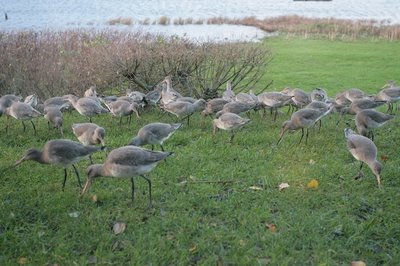
Many of the birds move between areas throughout the winter and some use up to 4 different countries. In late January and February, birds in the southern part of the range start moving gradually northwards in preparation for the migration to Iceland in April.
Operation Godwit's aim is to study the migration strategies of the subspecies throughout its range. This is done by carrying out fieldwork in different countries and by following movements of individually colour-ringed birds.A Juvenile ringed bird
HereThey rely on observers such as myself in sending sightings of the ringed birds and in exchange they send out their known life histories.
Here are some known facts about their work:
-Currently, ca. 2% of the total population is individually colour-ringed.
-Over 8000 sightings of colour-ringed godwits are on file.

My Lovely Sketch by Alan Dalton
-Over 90% of adult godwits ringed in Iceland are seen in other countries.
-Around 20% of unfledged godwit chicks ringed in Iceland are seen in other countries.
-Almost 25% of godwits ringed on the wintering grounds are seen in Iceland every year.

Here is the latest reply I have received re five different birds that Ive seen.
Hi Craig
Many thanks for the sightings.
Here is the history of these birds:
YN-WO was ringed as a female in Iceland.
11.06.05
Krossanesborgir
14.04.06
RSPB harbour lagoon reserve in Belfast, N Ireland
10.11.06
Belfast harbour, Belfast, Co. Anrim, N Ireland
GO-LO was ringed in SW Iceland.
22.07.02
Keldur, Grafarvogur, Reykjavík, SW Iceland
23.07.02
Grafarvogur, Reykjavík, SW Iceland
24.07.02
Vallá, Kjalarnesi, SW Iceland
02.11.02
Belfast Lough, Co. Antrim, N Ireland
17.11.02
Belfast Lough, Co. Antrim, N Ireland
23.10.03
Réserve Naturelle du Marais d'Yves, Charente-Maritime, W France
19.11.03
Réserve Naturelle du Marais d'Yves, Charente-Maritime, W France
18.01.04
Belfast Lough, Co. Antrim, N Ireland
18.04.04
Vogalækur, Mýrar, W Iceland
19.04.04
Vogalækur, Mýrar, W Iceland
21.02.05
Belfast Lough, Co. Antrim, N Ireland
06.11.05
Belfast harbour, Belfast, N Ireland
12.11.05
Belfast harbour, Belfast, N Ireland
12.01.06
Belfast harbour, Belfast, N Ireland
14.04.06
RSPB harbour lagoon reserve in Belfast, N Ireland
10.11.06
Belfast harbour, Belfast, Co. Anrim, N Ireland
GO-RX was ringed as a male in E Iceland.
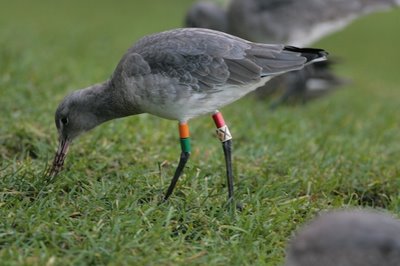
27.04.03
Álftafjörður, E Iceland
29.04.03
Álftafjörður, E Iceland
30.04.03
Álftafjörður, E Iceland
30.04.03
Álftafjörður, E Iceland
30.04.03
Álftafjörður, E Iceland
30.04.03
Álftafjörður, E Iceland
01.05.03
Álftafjörður, E Iceland
01.05.03
Álftafjörður, E Iceland
02.05.03
Álftafjörður, E Iceland
03.05.03
Álftafjörður, E Iceland
04.05.03
Álftafjörður, E Iceland
05.05.03
Álftafjörður, E Iceland
03.08.03
Boyne Estuary, Co. Meath, E Ireland
13.09.03
Boyne Estuary, Co. Meath, E Ireland
28.09.03
Boyne Estuary, Co. Meath, E Ireland
12.10.03
Boyne Estuary, Co. Meath, E Ireland
24.03.04
Ouderkerk, Noord Holland, W Netherlands
30.03.04
Ouderkerk, Noord Holland, W Netherlands
18.03.05
Klemskerke, Belgium
03.05.05
Egilstaðanes, Egilsstaðir, E Iceland
02.10.05
Cadiz, Andalucia, S Spain
26.02.06
Cadiz, Andalucia, S Spain
10.11.06
Belfast Harbour, Belfast Co. Antrim, N Ireland
RG-YR was ringed last july in NW Iceland.

03.07.06
Reykholar
NWIce
24.09.06
Stornoway, Isle of Lewis, W Scotland
10.11.06
Belfast harbour, Belfast, Co. Anrim, N Ireland
OR-RR was ringed as a female in N Iceland.
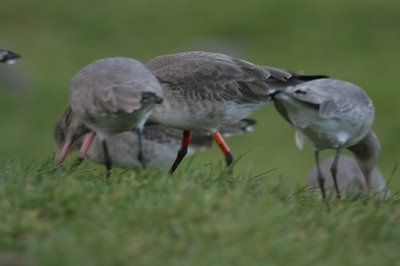
11.07.02
off Road 74 Efra Haganes
03.09.02
Belfast Lough, Co. Antrim, N Ireland
10.09.02
Belfast Lough, Co. Antrim, N Ireland
12.11.02
Belfast Lough, Co. Antrim, N Ireland
11.10.03
Belfast Lough, Co. Antrim, N Ireland
11.03.04
Leidschendam, Zuid Holland, W Netherlands
27.03.04
Leidschendam, Zuid Holland, W Netherlands
23.04.04
Belfast Lough, Co. Antrim, N Ireland
16.01.05
Belfast Lough, Co. Antrim, N Ireland
21.02.05
Belfast Lough, Co. Antrim, N Ireland
12.01.06
Belfast harbour, Belfast, N Ireland
12.02.06
Belfast harbour, Belfast, N Ireland
04.03.06
Belfast harbour, Belfast, N Ireland
16.03.06
Belfast Lough, Co. Antrim, N Ireland
14.04.06
RSPB harbour lagoon reserve in Belfast, N Ireland
23.04.06
Belfast harbour, Belfast, N Ireland
22.10.06
Belfast harbour, Belfast, N Ireland
10.11.06
Belfast harbour, Belfast, Co. Anrim, N Ireland

Thanks again and all the best,
Sigga Beta
 . It is a coastal village with a harbour where you take a boat to Tory Island (A good spot for autumn migrants). I parked in the car park in front of the harbour and started to take photos of a Rock Pipit which I noticed had been ringed
. It is a coastal village with a harbour where you take a boat to Tory Island (A good spot for autumn migrants). I parked in the car park in front of the harbour and started to take photos of a Rock Pipit which I noticed had been ringed






